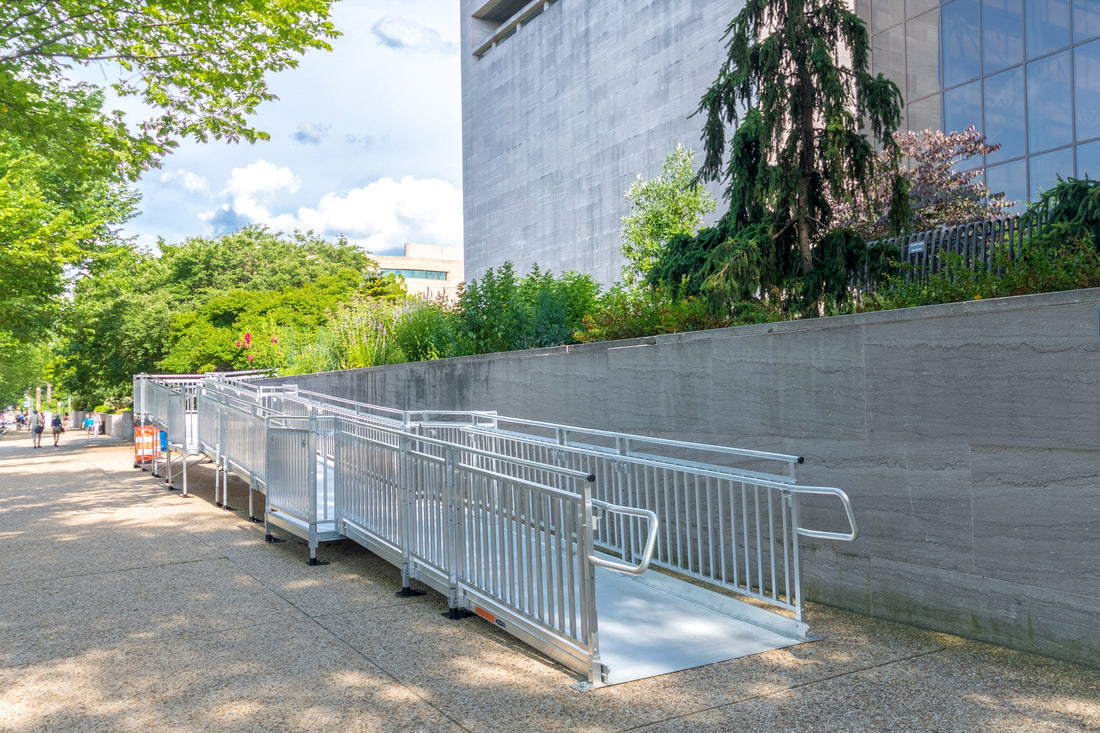The Americans with Disabilities Act (ADA) civil rights laws have been in place since 1990 to protect people with disabilities from discrimination. The law requires employers and public entities like schools, hospitals, and government offices to provide reasonable accommodations for people with disabilities. This means that if a disabled person needs something specific in order to work or access a service, the organization providing the service must make it available.
The laws not only protect individuals but also impact how businesses operate as well. Companies must ensure that their products and services are accessible to all customers, regardless of disability status. By adhering to these regulations, businesses show their commitment to equal opportunity and inclusion for everyone.
When building or renovating a building, there are some factors that must be taken into consideration to meet ADA requirements. One of these requirements is the installation of wheelchair ramps on elevated entryways.
Wheelchair ramps are designed to provide accessible pathways for wheelchairs and other mobility devices. These ramps must adhere to certain specifications in order for them to be considered compliant with ADA standards. For example, each ramp should have a minimum width of thirty-six inches, include a level platform at the top and bottom of the ramp, and ramps more than six inches off the ground must have handrails on both sides. The slope of the ramp should not exceed a 1:12 ratio and ramp edges must be protected to keep users from slipping off.
When installing wheelchair ramps, it is important to make sure that all specifications are met in order for the ramp to be considered ADA-compliant. There are a variety of online resources that provide step-by-step instructions as well as product recommendations to ensure that you find the right ADA-compliant ramp to fit your needs.
It is also important to keep in mind that certain materials may require additional maintenance and care in order for them to remain compliant with ADA standards. Therefore, researching the material prior to installation is highly recommended.
By following these guidelines and adhering to the required specifications, you can ensure that the wheelchair ramp for your location meets all applicable ADA requirements. With proper installation and maintenance, you can provide a safe, accessible entryway for employees and customers of all abilities.
EZ-ACCESS® designed the PATHWAY® HD Code Compliant Modular Access System to meet ADA, IBC, and OSHA guidelines, providing you with a safe access solution for your business. The durable PATHWAY HD system is the perfect fit for a variety of locations including temporary structures and permanent buildings. The highly experienced staff at EZ-ACCESS can help you design a system consisting of ramps, platforms, and steps to create the ideal access solution for your needs. Call (800) 451-1903 today to get started.


